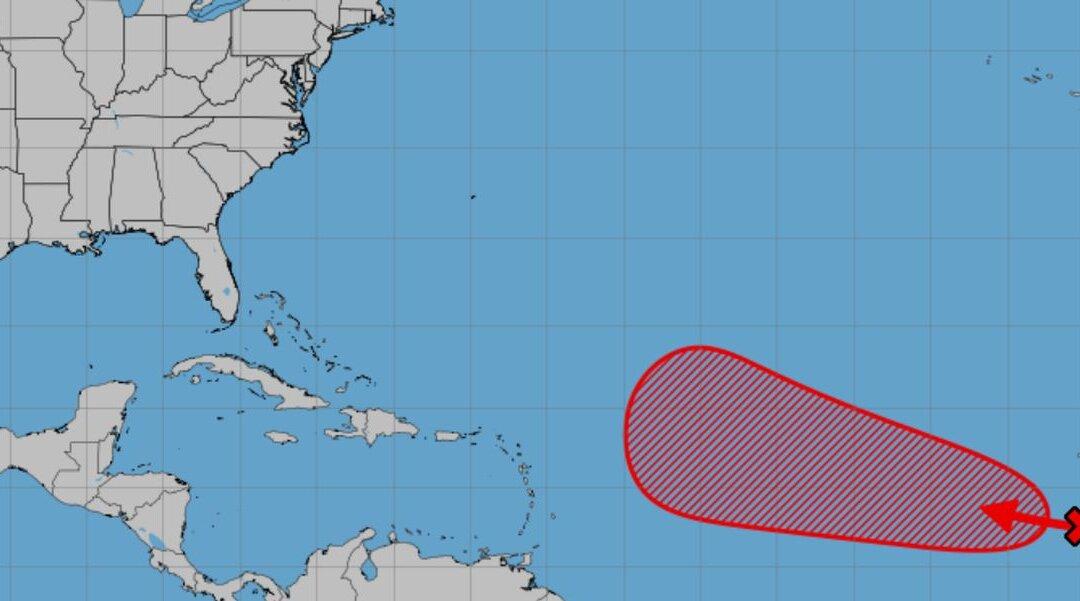Iran confirmed that it fired two Russian anti-aircraft missiles at a Ukrainian International Airlines plane that crashed near Tehran earlier this month, leaving 176 people dead, including 57 Canadians.
Iran’s Civil Aviation Organization, which is investigating the incident, said Jan. 21 that a preliminary report found that two Russian Tor-M1 anti-aircraft missiles struck the jetliner. But “how the projectiles contributed to the crash [was] still under investigation,” according to state-run media, which cited the agency’s report.





